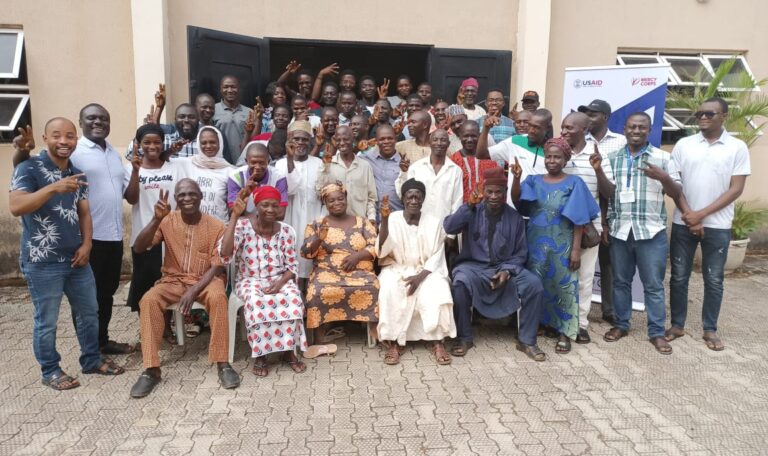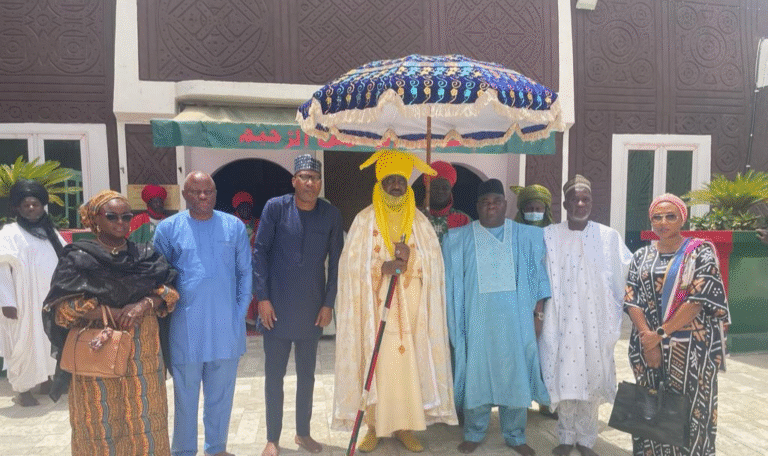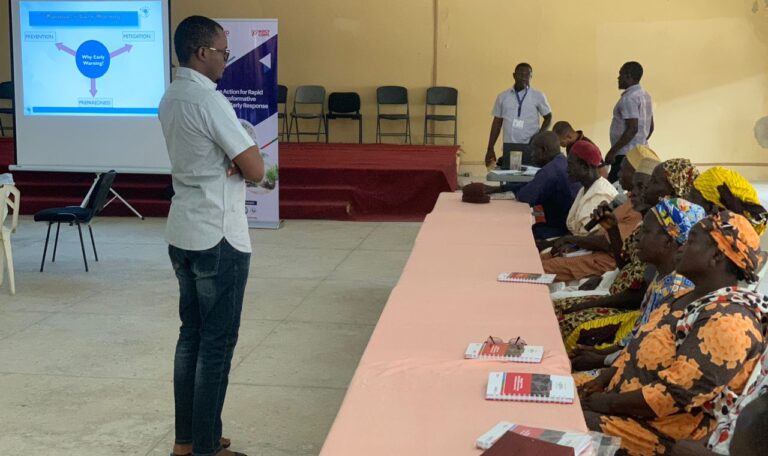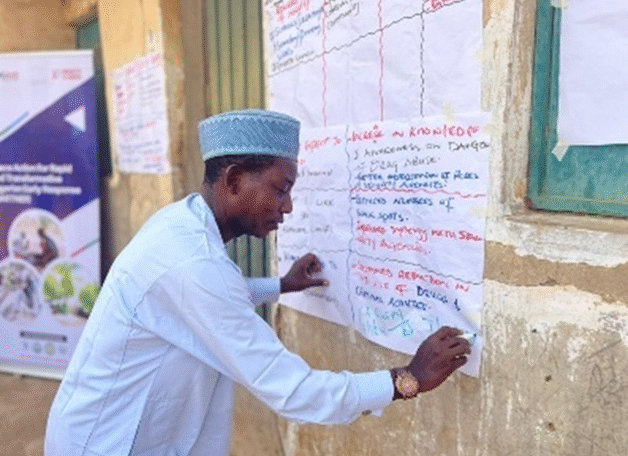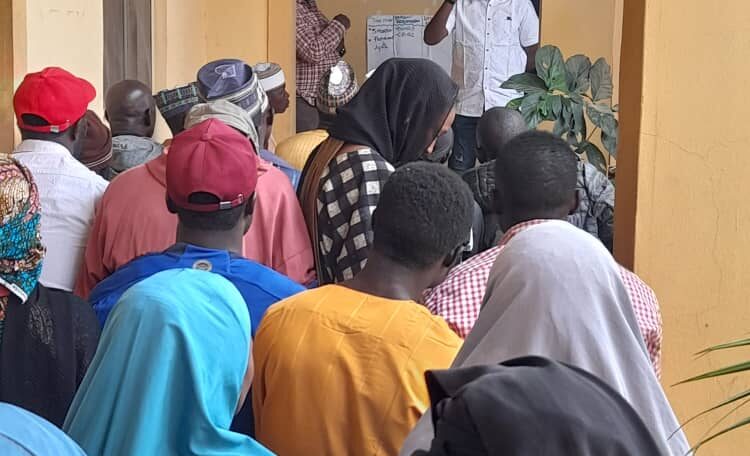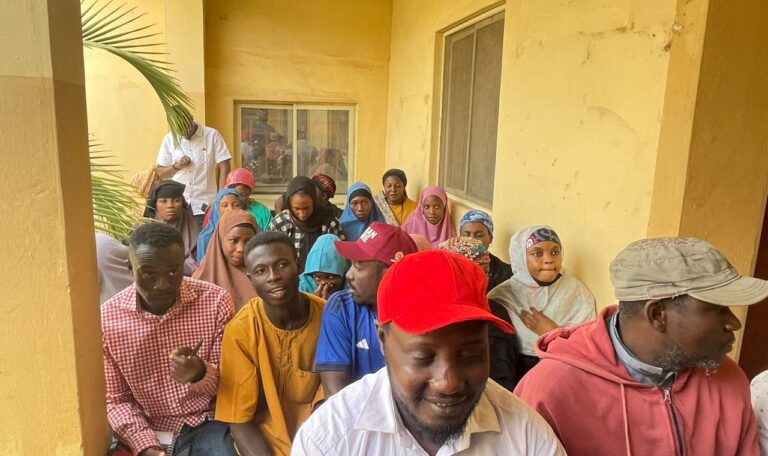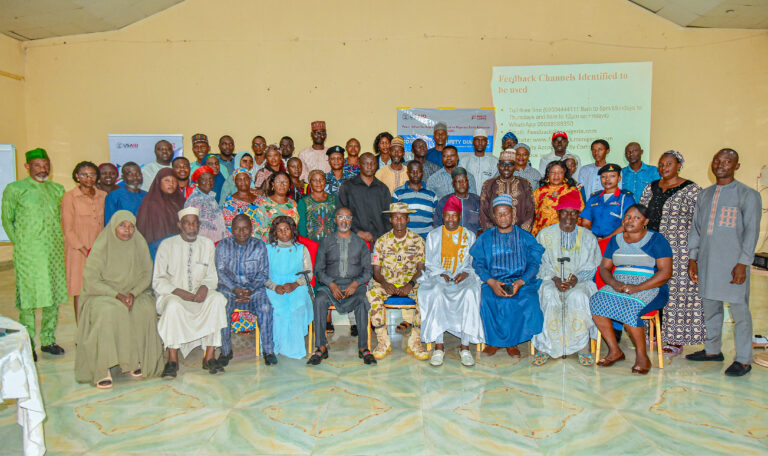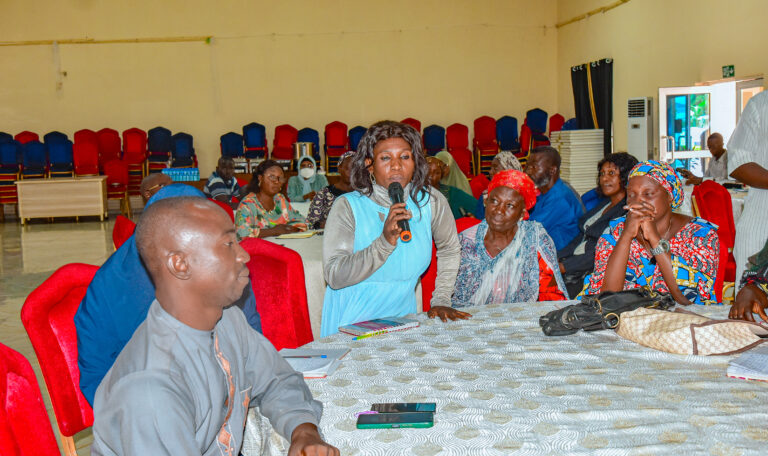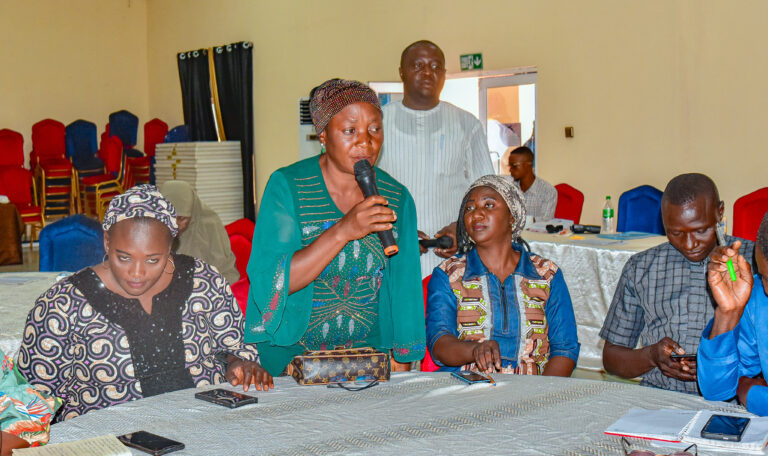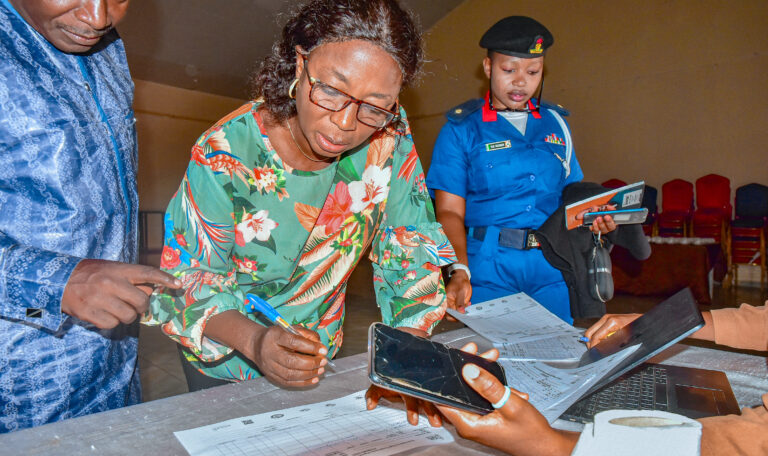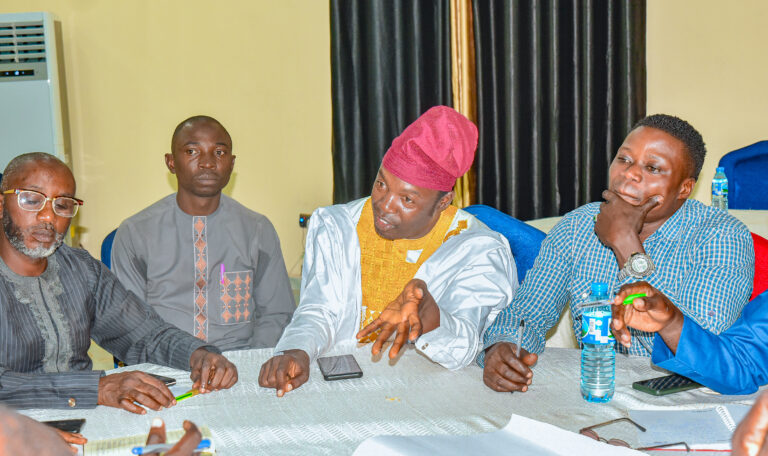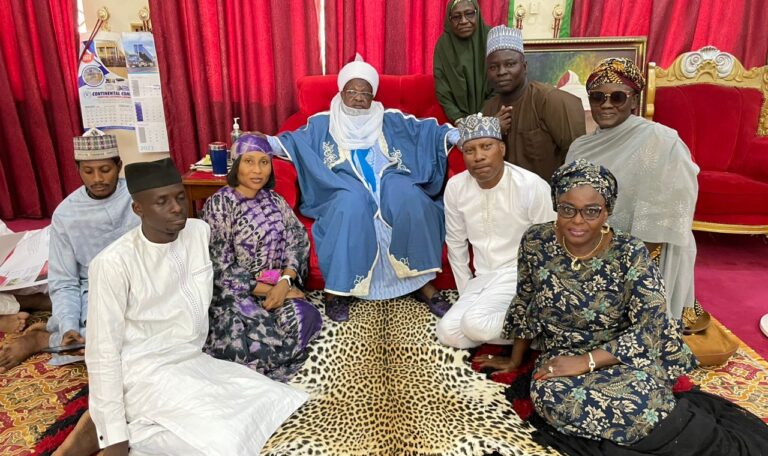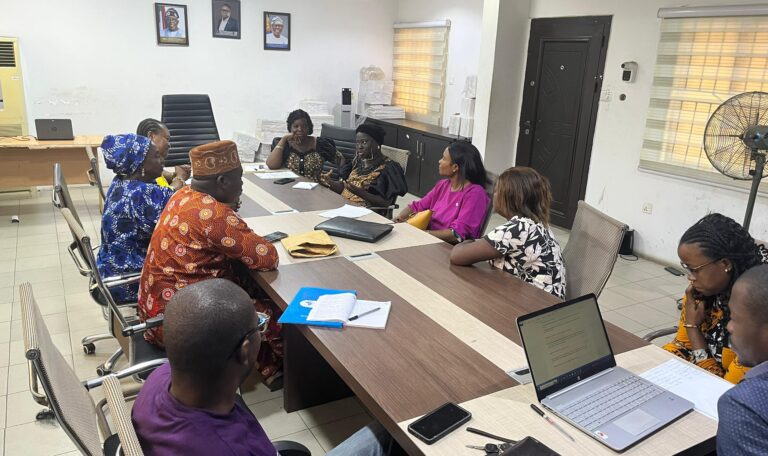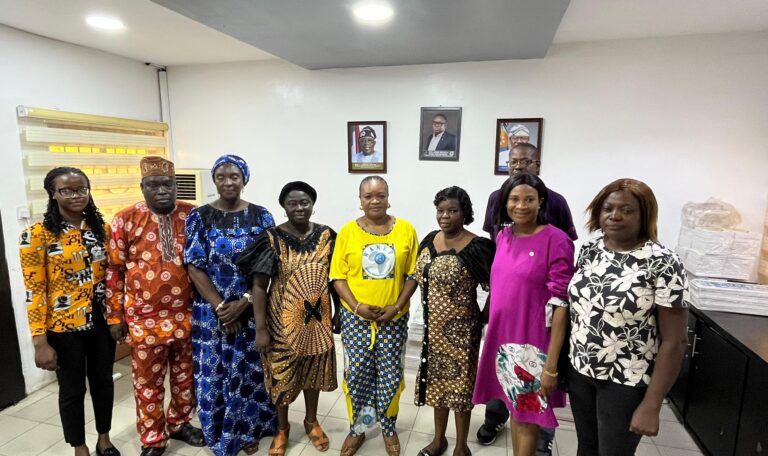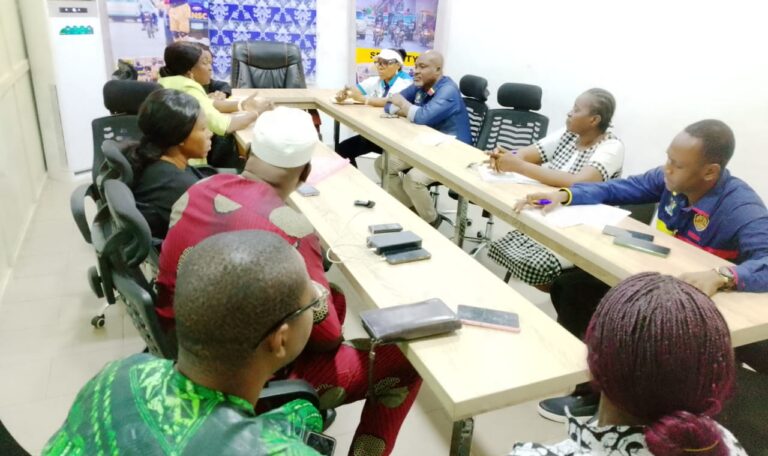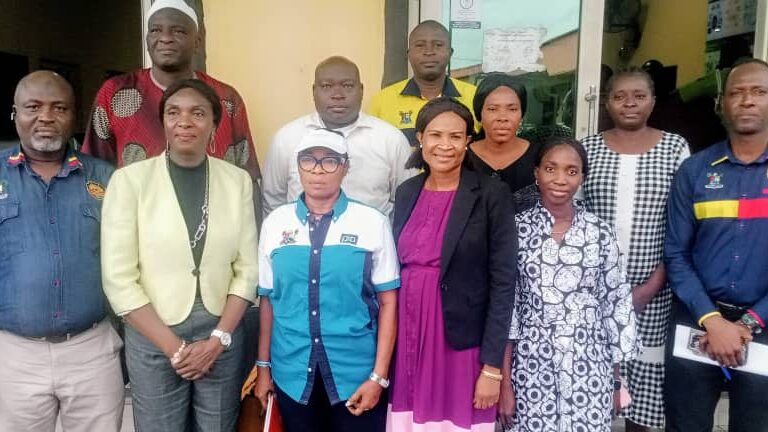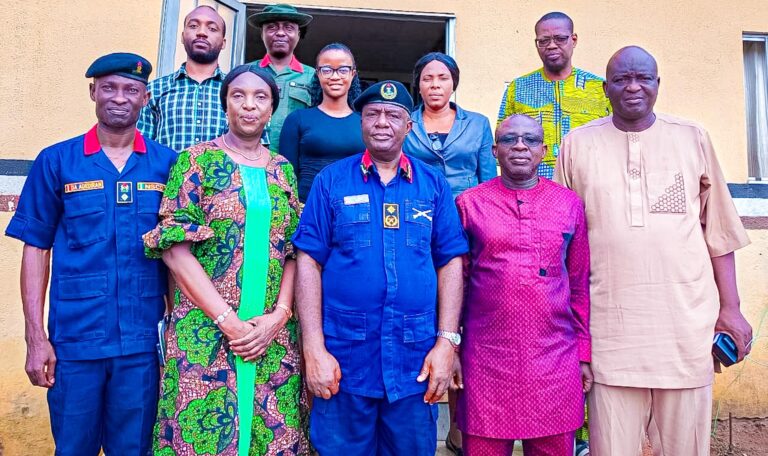Conflict Prevention, Early Warning and Early Response
- The National Early Warning System (NEWS)
- Preventing Violent Extremism (PVE)
- PARTNER – Participatory Early Warning and Response Mechanism
- PARTNER II– Participatory Early Warning and Response Mechanism
The National Early Warning System (NEWS)
The National Early Warning System (NEWS) is a flagship initiative of the West Africa Network for Peacebuilding (WANEP), implemented under its Alert and Response Mechanism (WARM). It is designed to support both the ECOWAS Early Warning and Response Network (ECOWARN) and the Continental Early Warning System (CEWS) of the African Union, in line with the Protocol Relating to the Mechanism for Conflict Prevention, Management, Resolution, Peacekeeping and Security in West Africa, and the broader framework of the African Peace and Security Architecture (APSA).
Since 2008, NEWS is an online, real-time conflict monitoring and response platform that facilitates data generation from trained monitors and reporters across the 15 ECOWAS member states. Using a set of standardized indicators, the system captures information on proximate conditions of conflict at the community, district, county, state, regional, and national levels. In Nigeria, the system is supported by 36 community field monitors across the states and the FCT. These monitors track and report proximate issues that could potentially lead to conflict or disaster in the country.
The NEWS system operates in line with core organizational standards that prioritize accuracy, timeliness, and relevance of information. Field data is thoroughly verified and analyzed to ensure appropriate responses and the effective mitigation of threats. The information reflects ground realities and supports actionable recommendations. Ultimately, NEWS contributes to evidence-based decision-making for conflict prevention, mitigation, and peacebuilding interventions.
Thematic focus areas:
- Organized Crime and Violent Extremism
- Democracy and Governance
- Environmental Security
- Women, Peace, and Security
To meet its objectives, NEWS produces several key outputs:
- Weekly Highlight: An incident-based report that provides a timeline of major events across the four thematic areas within a defined reporting period.
- Monthly Bulletin: An analytical publication that identifies emerging security challenges and trends across Nigeria. It provides strategic recommendations for policymakers, civil society, and other stakeholders.
- Quick News Update: A rapid analysis of emerging incidents with implications for peace and security. It includes sections such as Background, Incident Profile, Risk Analysis, Mechanisms for Intervention, Recommendations, and References.
- Situation Tracking: A periodic analytical report focused on monitoring evolving threats within a community. It provides a Community Profile, Stakeholder Mapping, Incident Profile, Analysis, and Recommendations.
- Policy Brief: A strategic and advocacy-focused report that identifies the root causes, drivers, and potential scenarios of conflict situations. It aims to enhance the capacity of policymakers and decision-makers to make informed and timely interventions.
PARTNER II – Peace Action for Rapid and Transformative Nigerian Early Response
PARTNER II (Peace Action for Rapid and Transformative Nigerian Early Response) was the second phase of PARTNER I strategic peacebuilding initiative WANEP will act as the lead, using light-touch management and mentorship, and working closely with its consortium partners – Institute for Peace and Conflict Resolution (IPCR), Kaduna State Peace Commission (KSPC), Plateau Peace Building Agency (PPBA), Benue State Commission for Peace and Reconciliation (BECPR), Aminu Kano Center for Democratic Studies (Mambayya House, Kano), and The Kukah Centre.
PARTNER II Activity will be implemented in nine (9) states and the Federal Capital Territory (FCT-Abuja), will build on the successes and lessons-learned from the previous PARTNER I Activity by leveraging WANEP, USAID, and global best practices for people-to-people initiatives to shape the design of the interventions. These include the sustainability of conflict EWER systems to foster peace and mitigate violent conflict, banditry, and criminality in PARTNER II target communities. Another focus is connecting community-level engagement with higher-level initiatives to promote communication, dispute resolution, dialogue, and advocacy. Additionally, efforts aim to enhance trust and confidence among community members and between communities and security forces through initiatives that promote social cohesion.
Peace Action for Rapid and Transformative Nigerian Early Response - PARTNER
WANEP’s focus on pro-ventive peacebuilding as a strategy for addressing structural drivers of insecurity has over the years proven to be a good approach given the historical and multifaceted dimension of the conflicts in our region. Early warning remains an integral component of WANEP’s overall conflict prevention mechanism. To overcome challenges to Early Warning and Early Response (EWER) systems and close the gap between reporting and response, it became necessary to strategically reimagine the entire EWER process where early warning information is analyzed, formatted, and disseminated to stakeholders in the system who are positioned to receive and act upon that information.
In view of this, WANEP-Nigeria in collaboration with a consortium of key resource partners including Mercy Corps, Institute for Peace and Conflict Resolution (IPCR), Plateau Peace Building Agency (PPBA) and Kaduna State Peace Commission (KPSPC) commenced the implementation of the Peace Action for Rapid and Transformative Nigerian Early Response (PARTNER) 5-year USAID-funded Activity in the Tier 1 States of Kaduna and Plateau States during the reporting period of 2022, with further expansion to Benue, Katsina, Kano and Kogi (Tier 2 States) and; Niger, Nasarawa and Zamfara (Tier 3 States) in subsequent years.
Preventing Violent Extremism (PVE) – PAVE Project
Violent extremism remains one of the most pressing threats to peace, development, and human security in Nigeria. In response to this growing challenge, the Partnership Against Violent Extremism (PAVE) initiative was established as a coordinated effort to strengthen community resilience, promote dialogue, and enhance multi-stakeholder collaboration in preventing and countering violent extremism (PCVE). PAVE provides a platform that brings together civil society, government institutions, security agencies, religious leaders, youth groups, and development partners to co-create sustainable strategies for addressing the root causes of radicalization across Nigeria’s diverse communities. WANEP in collaboration with the Partnership Against Violent Extremism (PAVE), kick-started Inaugural Meeting of the Preventing and Countering Violent Extremism (PCVE) Steering Committee in Lagos State.

